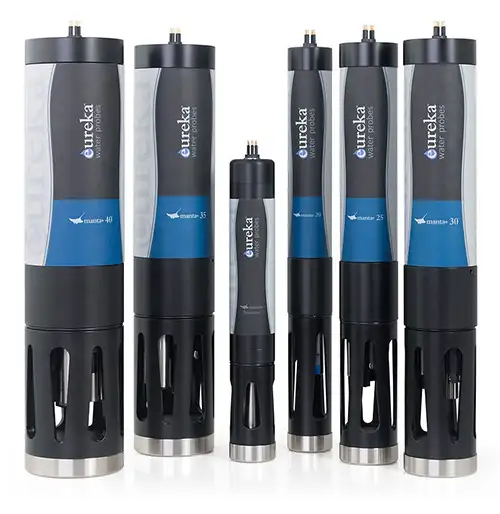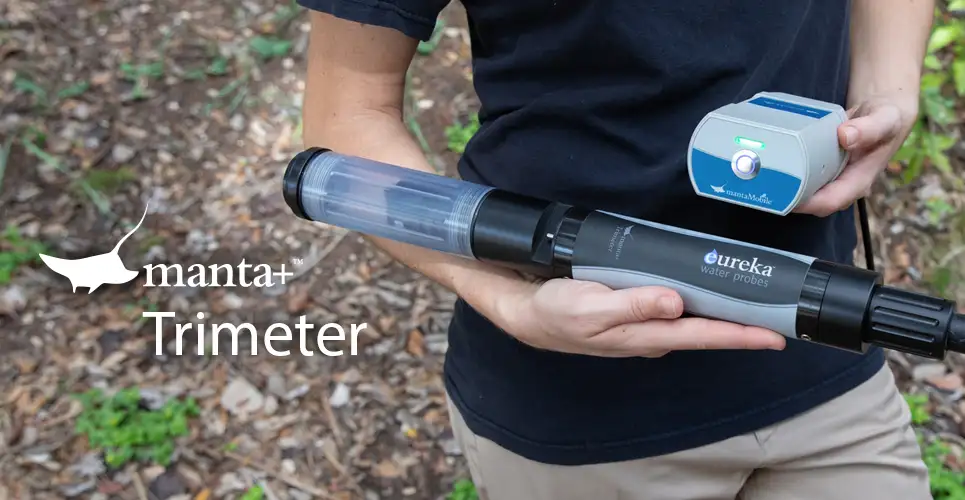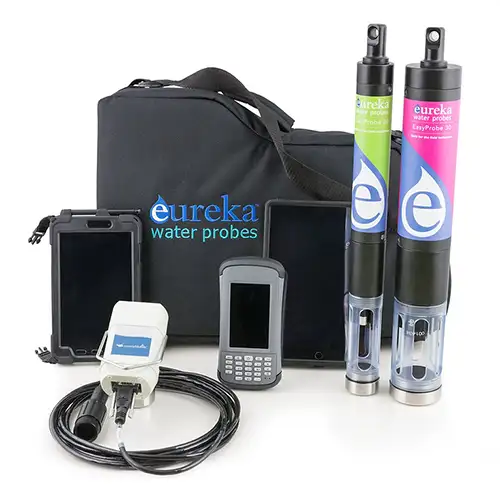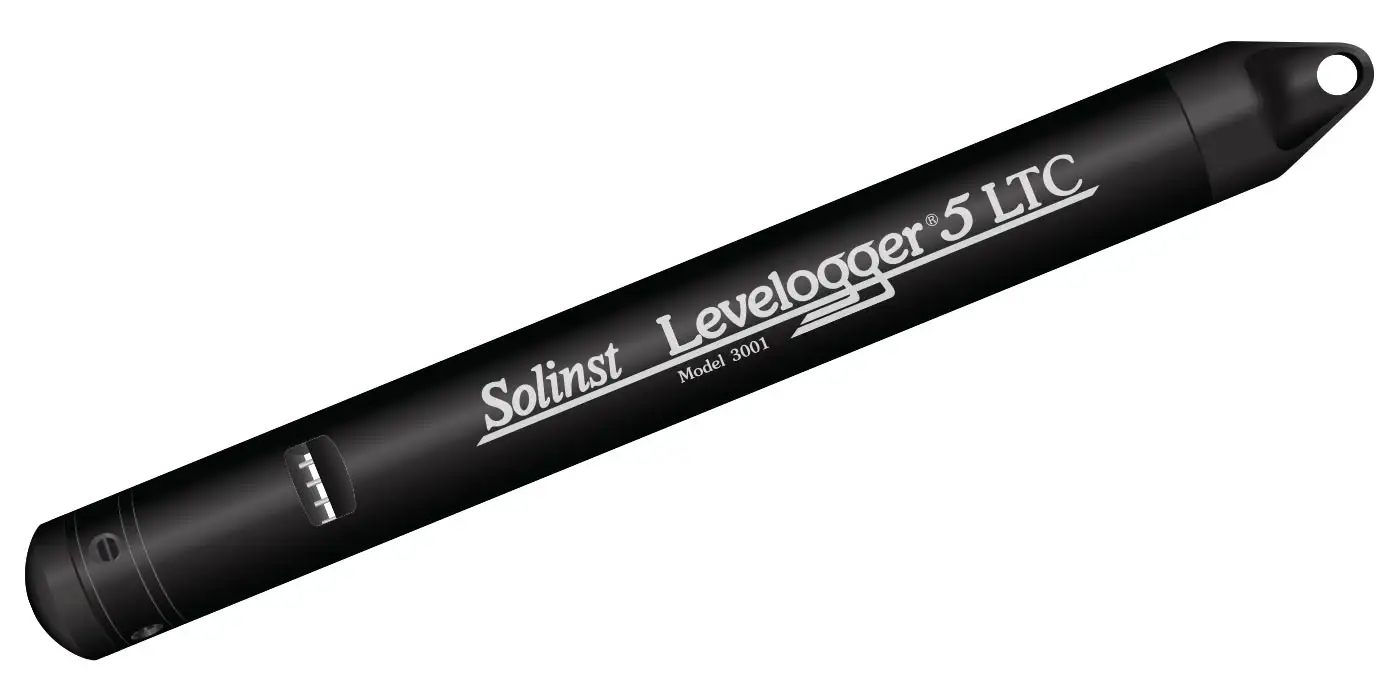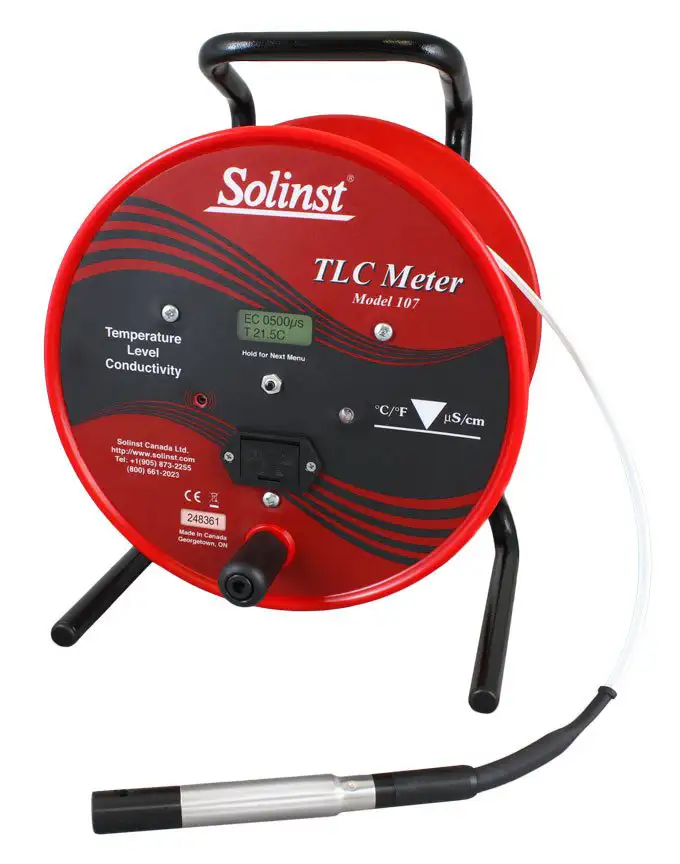Chlorophyll Sensors: Water Quality Monitoring
Solinst Eureka
2113 Wells Branch Pkwy, Suite 4400
Austin, TX, USA
78728
Tel: +1 512-302-4333
Fax: +1 512-251-6842
email: [email protected]
Water Quality Probes
Solinst Eureka, a global leader in the design and manufacture of multiparameter water quality sondes.
Solinst Field Services
Safeguard your project’s success and mitigate any potential for downtime or additional costs.
Why would I want to measure Chlorophyll?
The measurement and distribution of living microscopic plant matter, commonly referred to as phytoplankton or algae, has been of interest to scientists, researchers, and aquatic resource managers for decades. An understanding of phytoplankton populations and their distribution enables researchers to draw conclusions about an aquatic system’s health, composition, and ecological status.
Chlorophyll is the pigment that makes photosynthetic plants look green. The amount of chlorophyll present in a water sample indicates the level of photosynthesis. And the more photosynthesis, the more primary food production. Without this primary production, there would be little or no aquatic life higher in the food chain. Thus, chlorophyll measurements are a good indication of the amount of solar energy that has been converted into sources of food for everything from zooplankton to fish and other aquatic animals.
While modest chlorophyll levels indicate good prospects for higher life forms, excessive chlorophyll levels are often the definition or indicator that a water body has become eutrophic. Eutrophic waters are aesthetically unappealing, produce taste and odor problems in drinking water treatments, and can create fish kills when the photosynthetic organisms die and decay in large numbers.
Changes in long-term chlorophyll trends can signal the need for more detailed chemical study of the water and its contamination sources.
How is Chlorophyll Measured?
Solinst Eureka’s chlorophyll sensor is a fluorometric sensor. Fluorescence occurs when a molecule absorbs light energy at one wavelength and then emits that energy at a different wavelength. Fluorometric sensors emit light at a certain wavelength, and look for a very specific, different wavelength in return. If you shine a blue light at chlorophyll, the chlorophyll absorbs some of the blue light and then emits red light. More molecules of chlorophyll produce more red light, so the magnitude of the return light is relatable to the amount of chlorophyll present.
Chlorophylls are often divided into chlorophyll a and chlorophyll b, based on differences in their functions. Chlorophyll a is the “important” chlorophyll. The chlorophylls fluoresce slightly differently, so Solinst Eureka’s chlorophyll sensor is tuned to chlorophyll a. However, the success of this tuning varies with the specific speciation in specific cases.
There are three ways to calibrate chlorophyll sensors. First, you can calibrate to a known concentration of chlorophyll; the sample can be prepared gravimetrically, or can be purchased. Second, you can calibrate with a solid standard or “cal cube”, which is an optical device available from Eureka that provides a consistent output for a given type of fluorescence. Third, you can calibrate with a transfer standard, such as rhodamine. The latter two methods are indirect, but fast, inexpensive, and practical.
What should I know about Chlorophyll measurement in the field?
Fouling can pose a problem for fluorescence sensors. Any foreign material that accumulates on the active surface of the sensor will either reduce the amount of emitted light or received light, or both. And sometimes the foreign material might provide a false signal by fluorescing at the same wavelengths as chlorophyll. However, fouling should be a problem only in long-term deployments, not in daily surveys. For continuous deployment, anti-fouling accessories may be added, such as Eureka’s universal wiper system, and copper mesh sensor guard.

Chlorophyll Sensors for
Water Quality Sondes
- Range
0 to 100 µg/l (blue)
0 – 500 µg/l(red) - Accuracy
linearity of 0.99 R² - Resolution
0.01 - Units
µg/l - Calibration
lab-qualified chlorophyll sample
secondary solid standard cap (“cal cube”) - Maintenance
cleaning and calibration - Sensor Life
5+ years - Sensor Type
fluorescence
Features of Solinst Eureka’s Chlorophyll Sensors
– Blue and Red Excitation.
Solnst Eureka offers two different Chlorophyll sensors, blue and red excitation. Because algae maximally absorb blue light, the “blue” version is most often the choice. The optical configuration of the “blue” chlorophyll sensor allows for the best sensitivity for fluorescence detection of algae. However, the presence of DOM/POM (dissolved and particulate organic matter), decreases “blue” instrument sensitivity hindering the primary benefit of having a blue excitation fluorometer. The “red” chlorophyll sensor effectively eliminates interference effects from DOM/POM, by using a specific set of optics. Because these materials don’t absorb red excitation energy, but algae do, red excitation fluorometry is used to detect and estimate algal abundance free from DOM/POM interference. Note that although this optical setup is less sensitive for detecting eukaryotic algae, the errors associated with these interference materials may outweigh the increased sensitivity of blue excitation fluorometry. Also, red excitation fluorometry is significantly more sensitive to prokaryotic algae (blue-green or cyanobacteria), making it a favorable instrument for freshwater systems which are typically rich in DOM and blue-green algae. A major advantage of the Eureka MantaPlus multiprobe, is that multiple fluorometers may be installed, along with other sensors such as dissolved oxygen, pH, and conductivity. Both Chlorophyll sensors, Blue and Red, may be installed on the same multiprobe, for a more comprehensive data set.
MantaPlus and Trimeter Multiprobes may be configured with battery backs for autonomous self-powered deployment, used with field displays for site-to-site spot checking, or connected to data telemetry stations for real-time remote monitoring. Solinst Eureka sondes equipped with fluorometers are portable, durable, and cost-effective.
Related Products
Manta Series Water Quality Probes
Solinst Eureka offers the largest selection of water quality sensor technologies in the industry. So in addition to standard configurations, each probe may be customized for your specific application. Pick sensors of your choice to fully populate larger probes, or add a battery pack to convert a probe to a logging device.
Manta Trimeter Water Quality Probe
The Trimeter holds any one sensor* from the Sensor Parameters list, Plus temperature and depth sensors (both are optional). For example, a Trimeter configuration could be turbidity, temperature, and depth. Another example could be DO and temperature.
EasyProbe: Water Quality Sondes
The EasyProbe, by Solinst Eureka, is a high-performance, cost-effective water quality monitor. It's ideal for spot-checking, remote telemetry, education, research, aquaculture, and more. The EasyProbe20 includes sensors for temperature, dissolved oxygen, conductivity, and pH, while the EasyProbe30 adds a turbidity sensor. Eureka multiprobes are known for their reliability, with a three-year warranty covering all sensors, and have the lowest maintenance costs in the industry.
Water Level, Temperature & Conductivity Datalogging
The Levelogger 5 LTC measures and logs water level fluctuations, temperature and conductivity. It is programmed to record at intervals as often as 2 seconds. It includes an 8-year battery, memory for 100,000 sets of readings, and comes in 6 pressure ranges. A PFAS-free coating (inside and out) provides superior corrosion and abrasion resistance.
TLC Meter – Measure Accurate Temperature, Level & Conductivity
A TLC Meter provides accurate, stable temperature and conductivity measurements, displayed on a convenient LCD display for easy reading. Static water level and depth of readings are read off Solinst flat tape, which is precisely laser-marked every mm or 1/100 ft. Tape lengths are available to 300 m (1000 ft).

